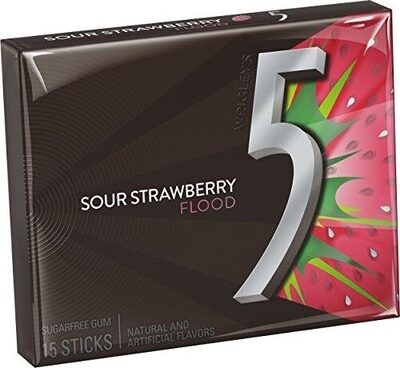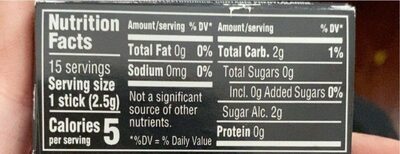5 gum Strawberry Flood
Aquesta pàgina del producte no està completa. Podeu ajudar a completar-la editant-la i afegint-hi més dades a partir de les fotos ja disponibles, o fent-ne més amb l'aplicació de androide o iPhone / iPad. Gràcies!
×
Codi de barres: 0022000016690 (EAN / EAN-13) 022000016690 (UPC / UPC-A)
Marques: 5 Gum
Categories: Snacks, Aperitius dolços, Llaminadures, Xiclets, en:Sugar-free chewing gum
Països on es va vendre: Espanya
Matching with your preferences
Entorn
Empaquetament
Transport
Report a problem
Fonts de dades
Producte afegit per elcoco
Última modificació de la pàgina del producte per foodless.
La pàgina del producte, també editada per averment, elcoco.526e457e888559ad1b683700ca97d2f4, inf, kiliweb, musarana, openfoodfacts-contributors, thaialagata, yuka.sY2b0xO6T85zoF3NwEKvlkl1CfDlsD3iLEbhsxSan_KUBbDWfu1ov7LIDas, yuka.sY2b0xO6T85zoF3NwEKvlldrUeHbjiPvDALhm2uA7MqkKp36QoF_85rREao.
Si les dades són incorrectes o incompletes, pot completar o corregir editant aquesta pàgina.










